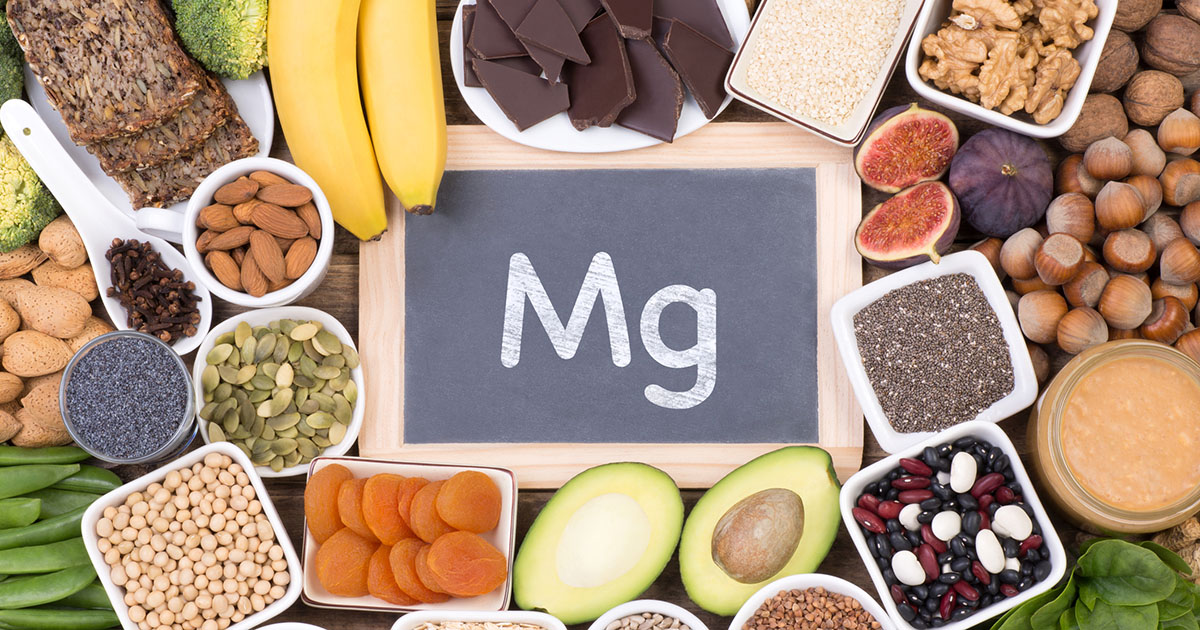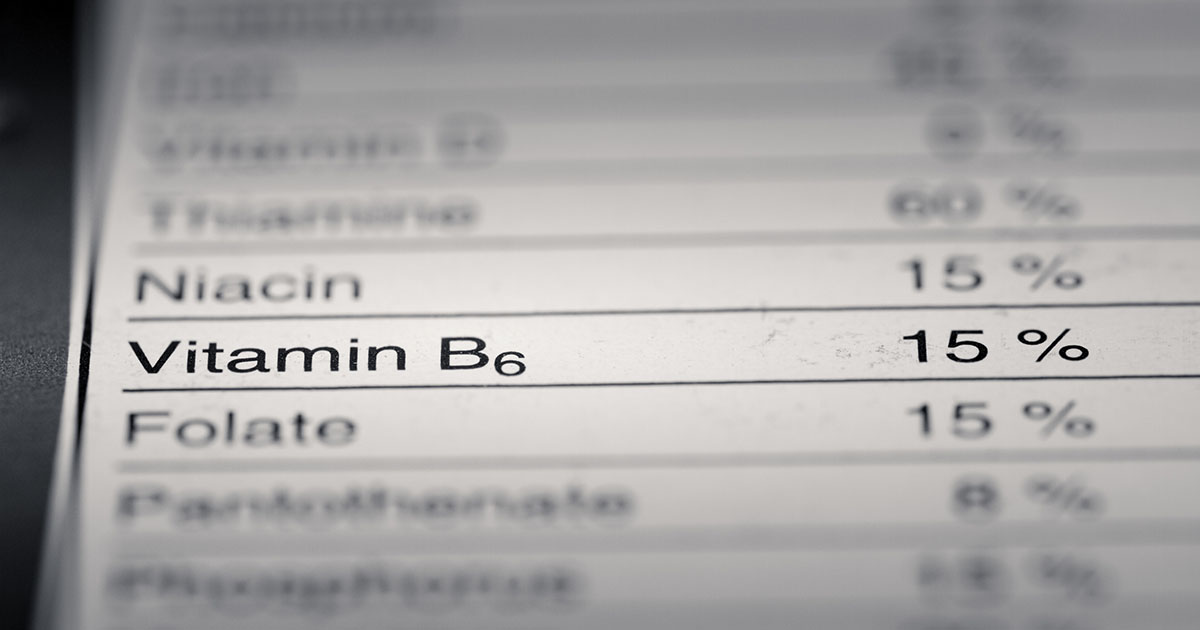Cheat Sheet: Reading Nutrition Labels
Get These Nutrients

According to the U.S. Department of Agriculture (USDA), a lot of Americans do not get enough nutrients like protein, dietary fiber, vitamin A, vitamin C, vitamin D, vitamin E, calcium, iron, magnesium, potassium, and omega-3 fatty acids. Eating the recommended amount of these nutrients can improve overall health and reduce the risk of quite a few diseases.
Although there is a recommended amount of nutrients everyone should strive for, the truth is everybody is different, and everyone’s body absorbs nutrients differently. For best results, individuals should get a blood test done to check levels of vitamins and minerals in their blood to see what is high and which nutrients they are lacking.
Percent Daily Value

The percent daily values tend to be based on a 2,000 calorie diet. Although percent daily value displays the average amount of nutrients everyone should meet, every individual's needs may vary. However, it is a great place to start. The nutrition label does the math, so the milligrams or grams do not need to be added up throughout the day, instead of having to total one hundred percent. A quick guide to understanding the percent daily value of nutrients is if the food contains five percent or less, it is low in nutrients, and if it includes twenty percent or more, it is high in nutrients.
